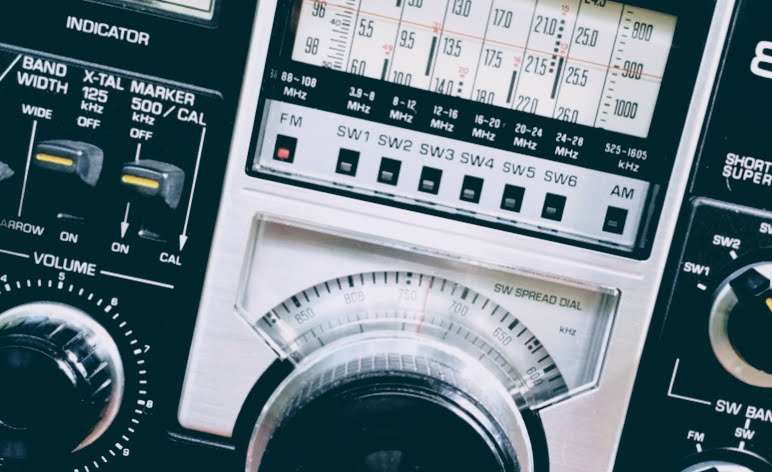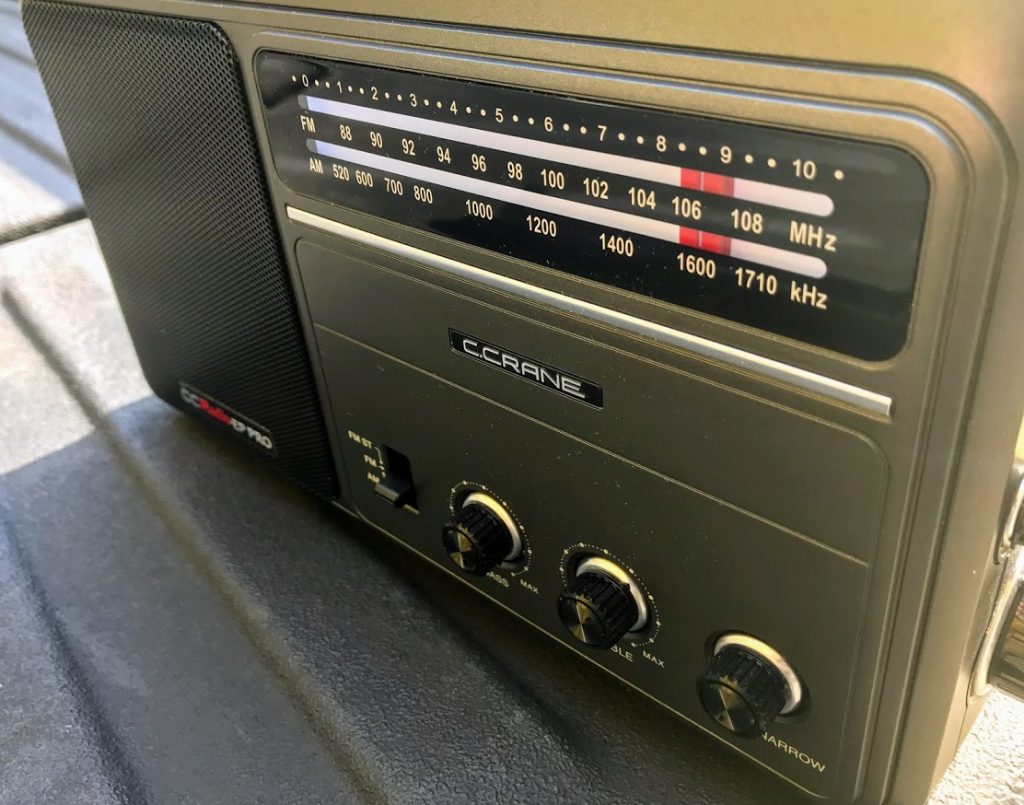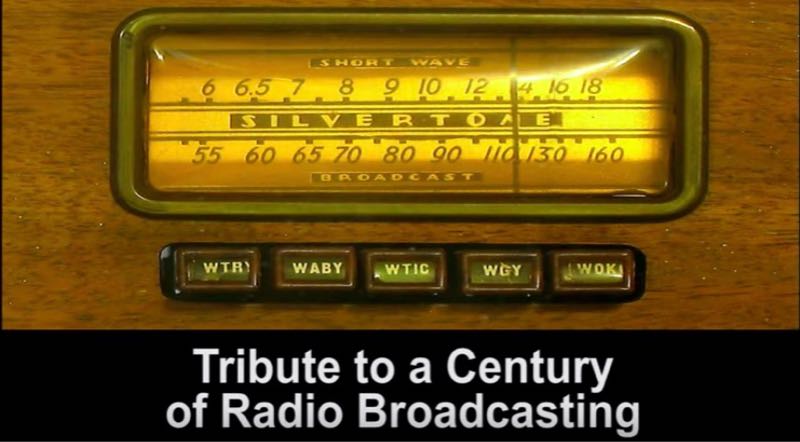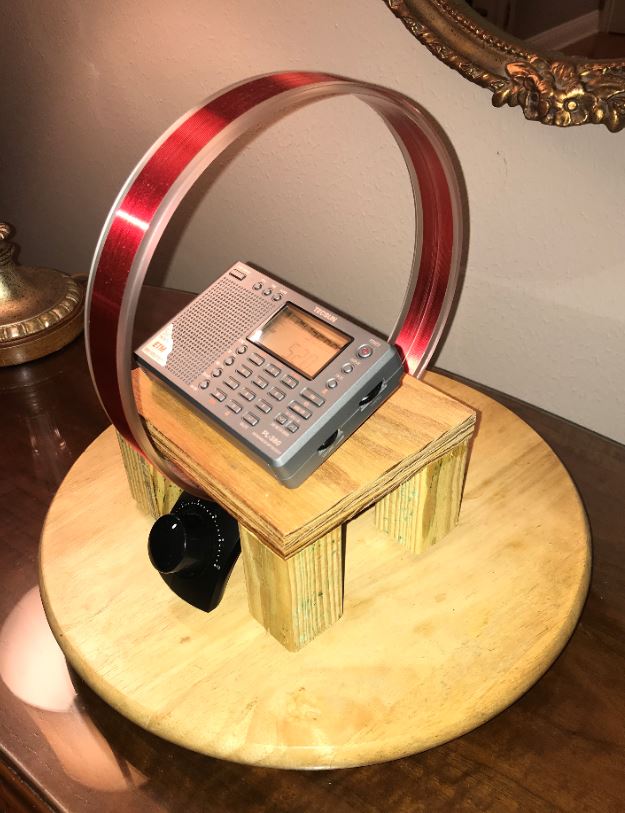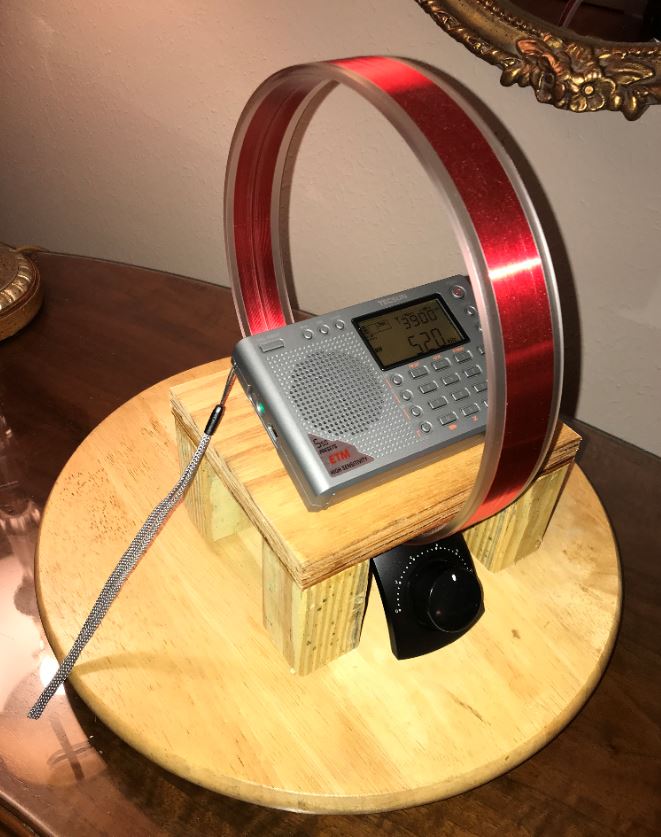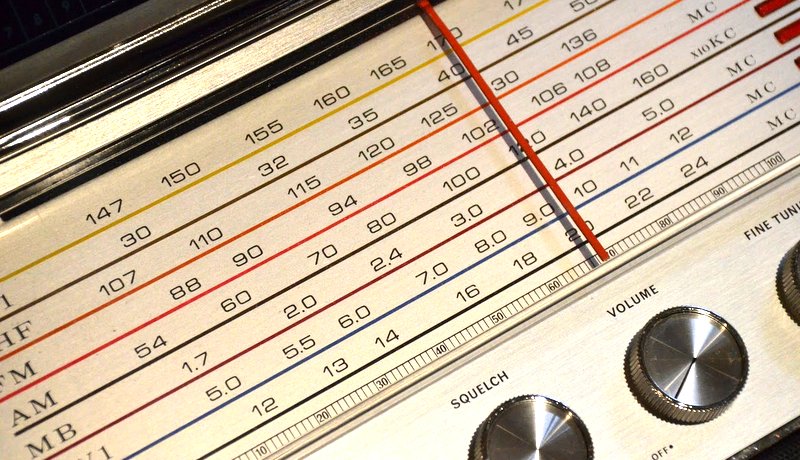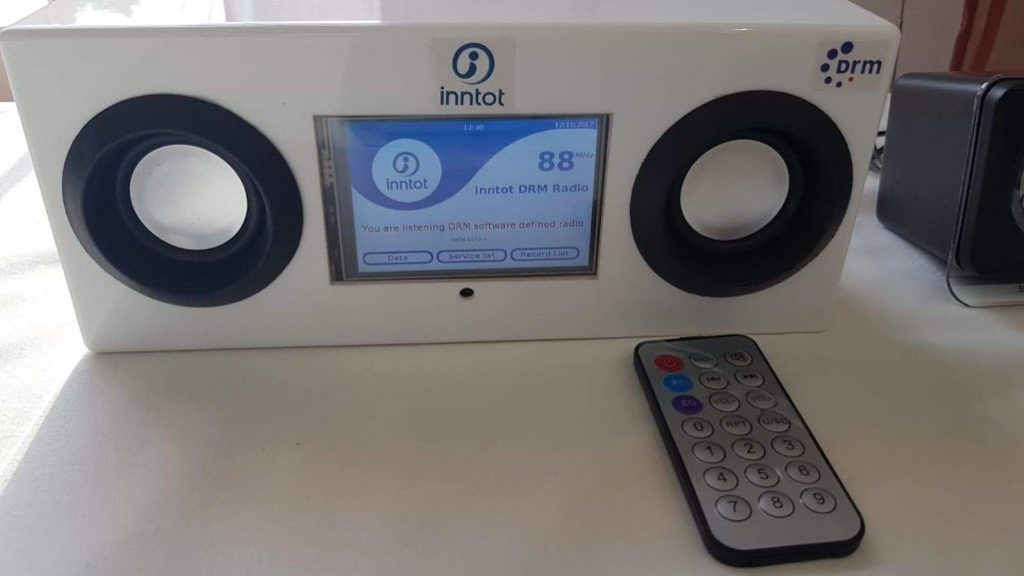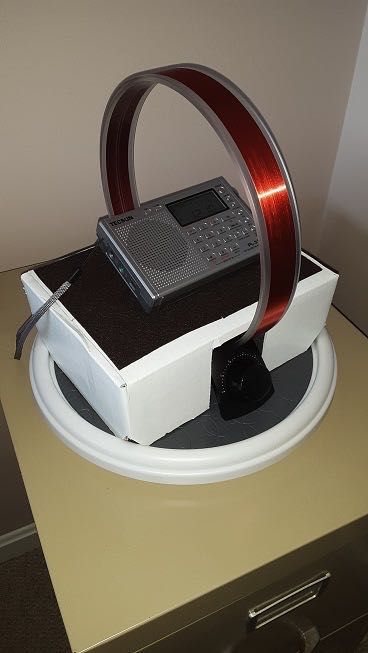Many thanks to SWLing Post contributor, Paul Walker, who shares the following announcement:
KJJR 880 Whitefish, MT(Kalispell) will test for 1 hour at 10kw non directional Saturday May 2nd 12:01am to 1am mountain time. It will consist of morse code, sweep tones, along with various telephone sound effects
There will be no paper QSL’s issued for this test. Only emailed confirmation. Send an email to [email protected] with “KJJR 880 DX Test” in the email (You MUST put that in that subject line so I don’t accidentally delete it thinking it’s spam!). The reply will likely be a simple email reply with details of the station and confirming the details of what/when you heard it. You WILL get a reply from me in due course, please give me some time!
This is done on short notice and being kept simple as to not burden anyone involved. Thanks to Les Rayburn for creating the test material and Todd Clark for generously offering up the station. I’ve already seen communication between him and the station, asking them to block out an hour from the logs, so he can tinker around with things at the tower site.
Thanks for the heads-up, Paul! Here’s hoping a few MW DXers can log this test.

